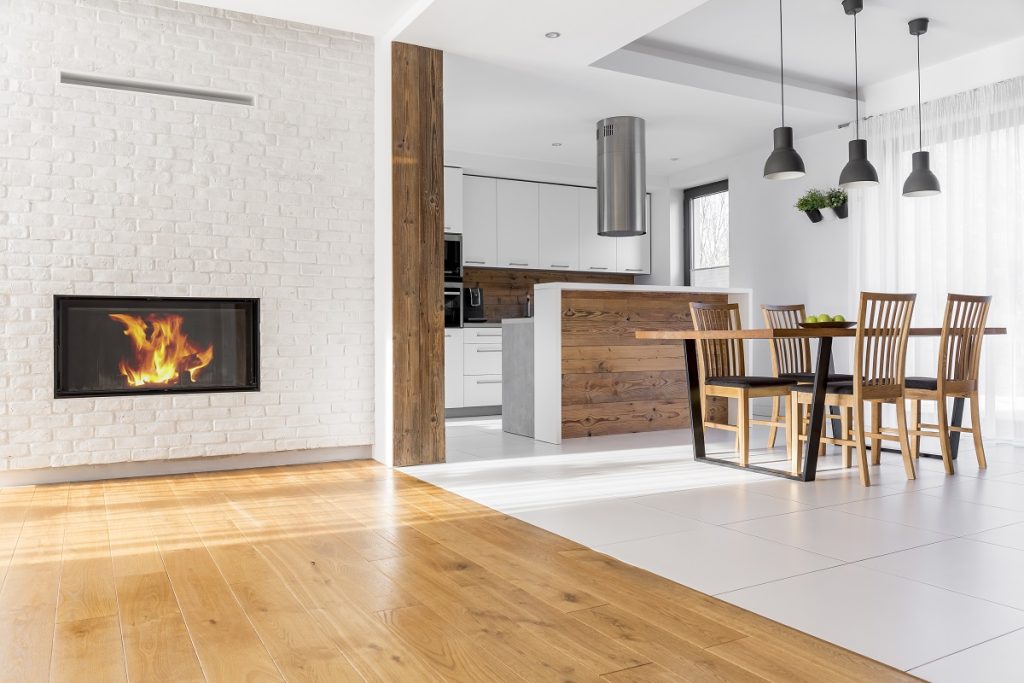- Declutter and organize to create a visually appealing and functional living space.
- Enhance the lighting in your home to improve mood, increase productivity, and highlight architectural features.
- Incorporate color and texture through paint, textiles, artwork, wall hangings, or decorative accents.
- Rearrange furniture to optimize flow and functionality.
- Consider basement finishing to expand your home’s living space.
Improving your home’s living space can enhance your comfort, functionality, and overall enjoyment of your living environment. Whether you’re looking to make small changes or undertake a larger renovation project, there are various ways to transform your home into a more inviting and functional space. This guide will provide five essential tips to help you improve your home’s living space.
1. Declutter and Organize
One of the most effective ways to improve your home’s living space is by decluttering and organizing. Start by going through each room and sorting out items you no longer need or use. Donate or discard these items, and create designated storage spaces for those you want to keep.
Maximize the available storage options in your home, such as closets, cabinets, and shelving units. Invest in storage solutions like bins, baskets, and organizers to keep your belongings neatly arranged. Decluttering and organizing create a more visually appealing and functional living space.
2. Enhance Lighting

Good lighting can make a significant difference in the ambiance and functionality of your home. Assess the lighting in each room and consider making improvements where necessary. Increase natural light by removing heavy curtains or blinds and replacing them with sheer or light-filtering window coverings. Install mirrors strategically to reflect light and make rooms appear brighter and more spacious.
For areas with limited natural light, invest in quality artificial lighting fixtures. Use a combination of ambient, task, and accent lighting to create layers and add depth to your living space. Enhancing the lighting in your home can improve mood, increase productivity, and highlight architectural features.
3. Incorporate Color and Texture
Introducing color and texture can breathe new life into your home’s living space. Consider repainting walls in fresh, vibrant hues that reflect your style. Adding color and texture can transform your home into a more inviting and inspiring space.
Here are some tips on how to incorporate color and textures:
Choose a Color Palette
When incorporating color into your home, one of the best places to start is choosing a color palette that reflects your style and complements the existing décor. Look at different color combinations and determine which ones appeal to you. Consider colors in the same family for a more subtle effect or contrast colors for a bolder statement. If you’re overwhelmed with the choices, choose neutrals to create a warm and inviting atmosphere.
Add Texture
Adding texture makes bringing warmth and dimension into your living space easy. Consider using textiles, such as rugs, pillows, curtains, throws, etc., to introduce texture into your home. You can also add texture to your walls by using peel-and-stick wallpaper. Wallpaper is an excellent way to add color and texture without repainting the entire room. For a luxurious touch, you can also incorporate various fabrics like velvet, linen, or faux fur.
Incorporate Artwork

Artwork is a great way to add color and personality to your home. Look for pieces that reflect your style and will fit in the space. Consider what artwork you want to include, such as paintings, photographs, or sculptures. Consider how it can complement the existing décor in the room and tie everything together. You may opt for a collection of smaller pieces to create a visual impact or one larger piece that stands out.
Decorative Accents
Decorative accents are another great way to add color and texture to your home. Look for items that reflect your style, such as baskets, trays, vases, sculptures, knick-knacks, and other accessories. Consider introducing pieces of furniture like benches or shelves to create a more welcoming atmosphere. Add plants or flowers throughout the space for a touch of nature and to introduce some life into the room.
4. Rearrange Furniture for Better Flow
The furniture arrangement can significantly impact the flow and functionality of your home’s living space. Assess each room and consider how traffic flows and furniture placement affect comfort and accessibility. Create conversation areas by arranging seating around focal points such as a fireplace or television.
Maximize space by using multifunctional furniture or opting for pieces with built-in storage. Rearrange furniture to open pathways and create a more open and breathable atmosphere. By optimizing furniture placement, you can improve the flow and functionality of your living space.
5. Consider Basement Finishing
If you have an unfinished basement, consider finishing it to expand your home’s living space. A finished basement can be a versatile area for various purposes, such as an additional living room, a home office, a gym, or a playroom.
Invest in professional basement finishing to assess the feasibility of finishing your basement and obtain the necessary permits. Professionals will also be able to advise you on the cost and timeline of completing a basement finishing project. With the right materials and design, your finished basement will look like an extension of your home’s existing living space.
Final Words
Improving your home’s living space is a worthwhile endeavor that can enhance your overall quality of life. By decluttering and organizing, enhancing lighting, incorporating color and texture, rearranging furniture for better flow, and considering basement finishing, you can transform your home into a more functional, inviting, and enjoyable space. Remember to personalize your improvements based on your preferences and needs. With these tips, you’ll be on your way to creating a living environment that truly feels like home.

